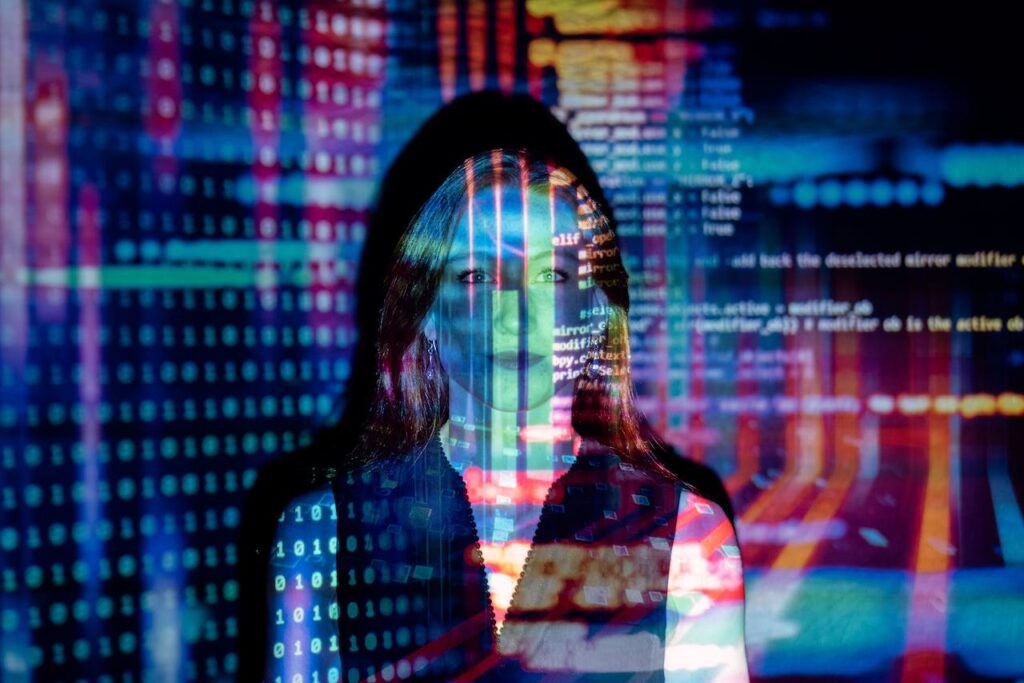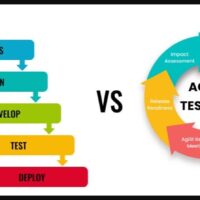
Imagine a world where the trajectory of human progress took a different turn, leading to alternative technological landscapes that diverge from our current reality. While hindsight provides insights into the paths we’ve taken, speculative fiction allows us to explore the boundless possibilities of what could have been. In this thought experiment, we embark on a journey through hypothetical scenarios, envisioning how technology might have evolved if history had unfolded differently.
1. Decentralized Technology Governance:
In this alternate reality, instead of centralized control by governments and corporations, technology governance is decentralized, with global networks of citizens collectively shaping the development and deployment of technological innovations. Open-source principles and collaborative decision-making foster transparency, inclusivity, and resilience in technological systems, leading to greater trust and democratization of knowledge.
2. Sustainable Technological Solutions:
In a world where environmental consciousness prevails from the outset, technological advancements prioritize sustainability and ecological harmony. Renewable energy sources, circular economies, and biomimicry-inspired designs are at the forefront of innovation, mitigating the negative impact of human activities on the planet. Technologies such as vertical farming, algae-based biofuels, and carbon capture devices flourish, promoting a harmonious coexistence with nature.
3. Human-Centric Artificial Intelligence:
Instead of fearing the rise of artificial intelligence, society embraces human-centric AI systems designed to augment human capabilities and enhance well-being. Ethical AI frameworks prioritize empathy, compassion, and social responsibility, ensuring that AI algorithms prioritize human values and dignity. Collaborative human-AI partnerships empower individuals to solve complex challenges, fostering creativity, innovation, and collective intelligence.
4. Global Collaboration and Resource Sharing:
In this alternate reality, geopolitical tensions give way to unprecedented global collaboration and resource sharing. Open access to scientific knowledge, technological resources, and educational opportunities transcends borders, driving accelerated progress in solving global challenges such as poverty, disease, and inequality. International cooperation platforms facilitate knowledge exchange, joint research endeavors, and equitable distribution of resources, fostering a more interconnected and prosperous world.
5. Empowerment Through Technology:
Technological empowerment is universal, with equitable access to education, healthcare, and economic opportunities for all. Advanced telecommunication networks bridge the digital divide, connecting remote communities with vital services and enabling lifelong learning and skill development. Personalized healthcare technologies prioritize preventive care and holistic well-being, empowering individuals to take charge of their health and quality of life.
6. Ethical Use of Biotechnology:
In this alternative reality, biotechnology is harnessed for the collective good, with ethical considerations guiding its application. Genetic engineering focuses on eradicating hereditary diseases, enhancing crop resilience, and restoring ecological balance. Bioethical principles ensure the responsible use of biotechnological interventions, safeguarding biodiversity and respecting the intrinsic value of all living organisms.
7. Conscious Technology Consumption:
Society embraces conscious consumption practices, prioritizing quality over quantity and mindful use of technological products and services. Circular economy models promote product durability, repairability, and recyclability, reducing waste and environmental impact. Digital detox initiatives encourage mindful use of technology, fostering mental well-being and social connection in an increasingly digitized world.
8. Integration of Arts and Technology:
In this alternate reality, the boundaries between art and technology blur, giving rise to immersive creative expressions and multisensory experiences. Technologically augmented artworks, interactive installations, and virtual reality performances redefine the artistic landscape, inviting audiences to engage with technology on a deeply emotional and introspective level. Artistic collaborations inspire innovation and introspection, challenging societal norms and fostering cultural evolution.
9. Ethical Exploration of Space:
Humanity’s exploration of space is guided by ethical principles, prioritizing scientific discovery, environmental preservation, and peaceful cooperation among nations. Spacefaring technologies focus on sustainable exploration and resource utilization, with stringent regulations in place to prevent space debris and protect celestial bodies from contamination. International space agencies collaborate on ambitious missions to unravel the mysteries of the universe while respecting the sanctity of space as a shared heritage.
10. Conclusion:
While our current technological trajectory is shaped by historical contingencies and societal choices, speculative imagination offers glimpses into alternative futures where humanity’s relationship with technology takes different paths. By exploring these hypothetical scenarios, we gain valuable insights into the implications of our choices and the possibilities for shaping a more desirable future. As we navigate the complexities of the 21st century, let us remain open to imagination, innovation, and collective action in shaping a world where technology serves humanity’s highest ideals and aspirations.












